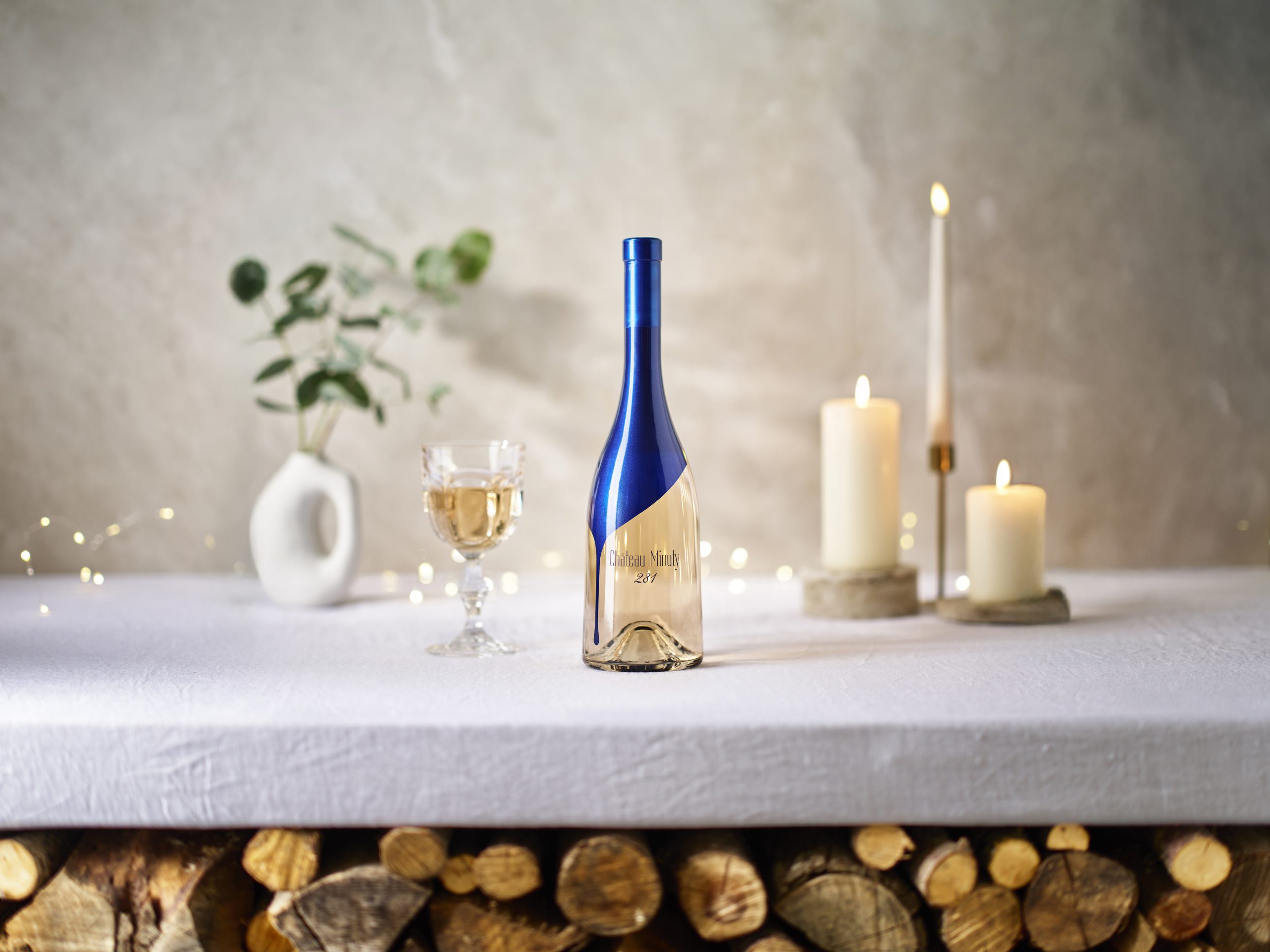Port should embrace ‘lesser grapes’ to better quality
The Douro should embrace its “lesser” grapes and co-fermentation to produce even greater Vintage Ports, according to David Guimaraens, head winemaker at The Fladgate Partnership.
During a discussion with international press at Croft’s Quinta da Roêda last month, Guimaraens – who oversees the winemaking for Taylor’s, Fonseca and Croft Port houses – said that the Douro’s focus on block planting of a few main grapes since the 70s, as well as practice of fermenting each variety separately, had negatively impacted the complexity, and ultimately the quality, of Vintage Port.
Initially, looking back to the 1900s, he said that high-density mixed plantings immediately after phylloxera (which had wiped out the vineyards of the 1800s), “played a very important role” in the Fladgate Partnership’s best Ports, as well as “emblematic table wines” such as Quinta do Crasto’s Vinha Maria Teresa.
This is not just due to the high number of different varieties in these old mixed vineyards, dubbed ‘field blends’, but also because the grapes are harvested, pressed and fermented together.
However, in the 70s, due to a desire to start mechanising vineyards, extensive replanting took place in the Douro, and producers “singled out what we believed were the most important grapes – which were the ones that gave the most body and colour – and we started planting in blocks so we could pick each variety at the optimal ripeness and create wine in batches; it seemed very logical.”
This meant that winemakers were able to achieve “greater consistency”, according to Guimaraens, “So we pulled the bottom up.”
Then, continuing, he said, “But we also believe that we have pulled the top down – using fewer grape varieties give us fruitier and more expressive Ports but we have lost some of the complexity and we have certainly lost the diversity.”
“In 70s and 80s we were saying that this was because the vineyards were still young, but as time goes on – with increasing vine age – we are still not getting the same complexity [as one would find in Ports made from mixed plantings].”
This was fully released in 1995, when the first Taylor’s Vargellas Vinha Velha Vintage Port was made – a fortified wine made from the oldest mixed vineyards at the flagship Taylor’s quinta.
“We found there was extra complexity, character and balance; there were added subtleties from the secondary grape varieties,” recorded Guimaraens.
“So we’ve gone back to retrieving lesser grapes and fermenting them together – even if we have planted them separately.”
In particular, Guimaraens said that he now likes to co-ferment grapes for three main reasons, which he said were “physical, chemical and sensory”.
He explained, “The first reason is ‘physical’: for example a grape such as Touriga Francesa has a very thick skin and therefore a very high concentration of colour and tannin, but it is very hard to extract that tannin if you ferment it on its own, but if you mix it with Tinta Barocca or Tinta Roriz then it will help the extraction.”
Continuing, he said that the second reason is “chemical”: one of the Douro’s most important varieties is Tinta Barocca, but it has fall out of fashion in the region, but Guimaraens believes that it plays a fundamental role – it ripens to a very high sugar level and it is very rich in colour but not tannin, and you need the tannins to fix the colour, so he co-ferments it with Tinta Roriz, because the tannin from Roriz will bind with the anthocyannins in the Barocca, and that ensures colour stability. On the other hand, Guimaraens said that he might use Barocca to raise the sugar level in ferments of Touriga Francesa, extending the fermentation time, and that way helping to leach out the colour and tannins from the skins in Francesa.
Partner Content
Then, the third and final reason is “sensory”: in the 70s and 80s the Douro stopped the widespread use of the region’s “lesser varieties” because winemakers thought they were “very light”, according to Guimaraens. However, he said that co-fermenting grapes such as Tinta Cao will give a lot of acidity to the final blend, along with extra complexity, even if as little as 5% ends up in the resulting Port.
Summing up, he said, “We understood at the turn of the century [when vineyards were planted after phylloxera] that balance was achieved by blending different grape varieties” – and hence, this is a practice now being promoted by Guimaraens.
However, he did observe that the Douro doesn’t seem to place a high enough value on very old mixed plantings, which are expensive to run: they can’t be mechanised and produce low yields, but are the source of many of the region’s best Ports [for example, Quinta do Noval’s ungrafted Nacional vineyard is a field blend and produces some of the most long-lived and sought-after vintage Ports in the world].
Consequently, he mourned, “As a trade I don’t think we’ve done enough to differentiate the price for old vineyards, we haven’t paid enough for grapes from these vineyards to make it financially viable to keep old vines – although we do provide a bonus scheme for all the grapes we buy from old vines.”
Among the so-called “lesser varieties” mentioned by Guimaraens as important for enhancing the balance and complexity of vintage Port were Tinta Amarela, and Rufete.
Rufete, he said, is extremely rare and brings “a lot of flavour” to the blend, but as a grape, it is “fragile” – and hence it wasn’t planted during the rationalisation of Douro vineyards in the 70s.
As for Tinta Amarela (originally known as Trincadeira), he said that it was not very tolerant of heat and sensitive to fungal diseases, and so, similar to Rufete, it was a “lesser grape” in the region. “But when you get it right it is fantastic, and it is very important for Fonseca [Vintage Port],” he added.
As previously reported by the drinks business, in the 1970s certain grapes were recommended for Port production, which are dubbed “the big five” among Douro viticulturists, and comprise: Touriga Nacional, Tinta Roriz (Tempranillo), Touriga Franca, Tinta Barroca and Tinta Cão.
Like The Fladgate Partnership, Symington Family Estates is pinning its hopes on lesser-known grapes for raising the quality of Port – as well as table wine from the Douro – and has planted an experimental vineyard in the hottest part of the Douro to uncover which native grapes are best-suited to the extreme conditions of the Portuguese region, as well as the type of wines they produce.
Click here to see five lesser-known grapes to watch.




